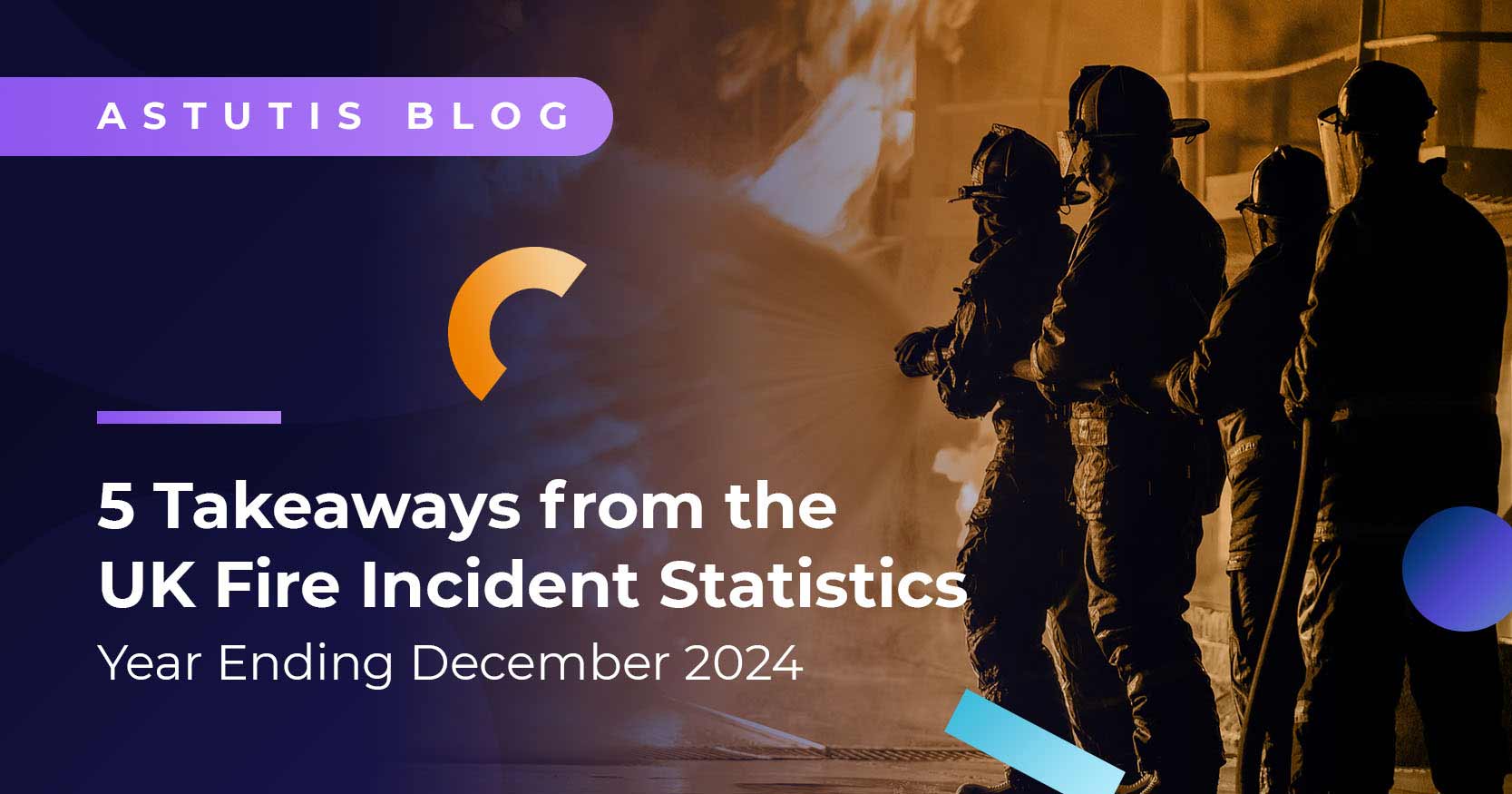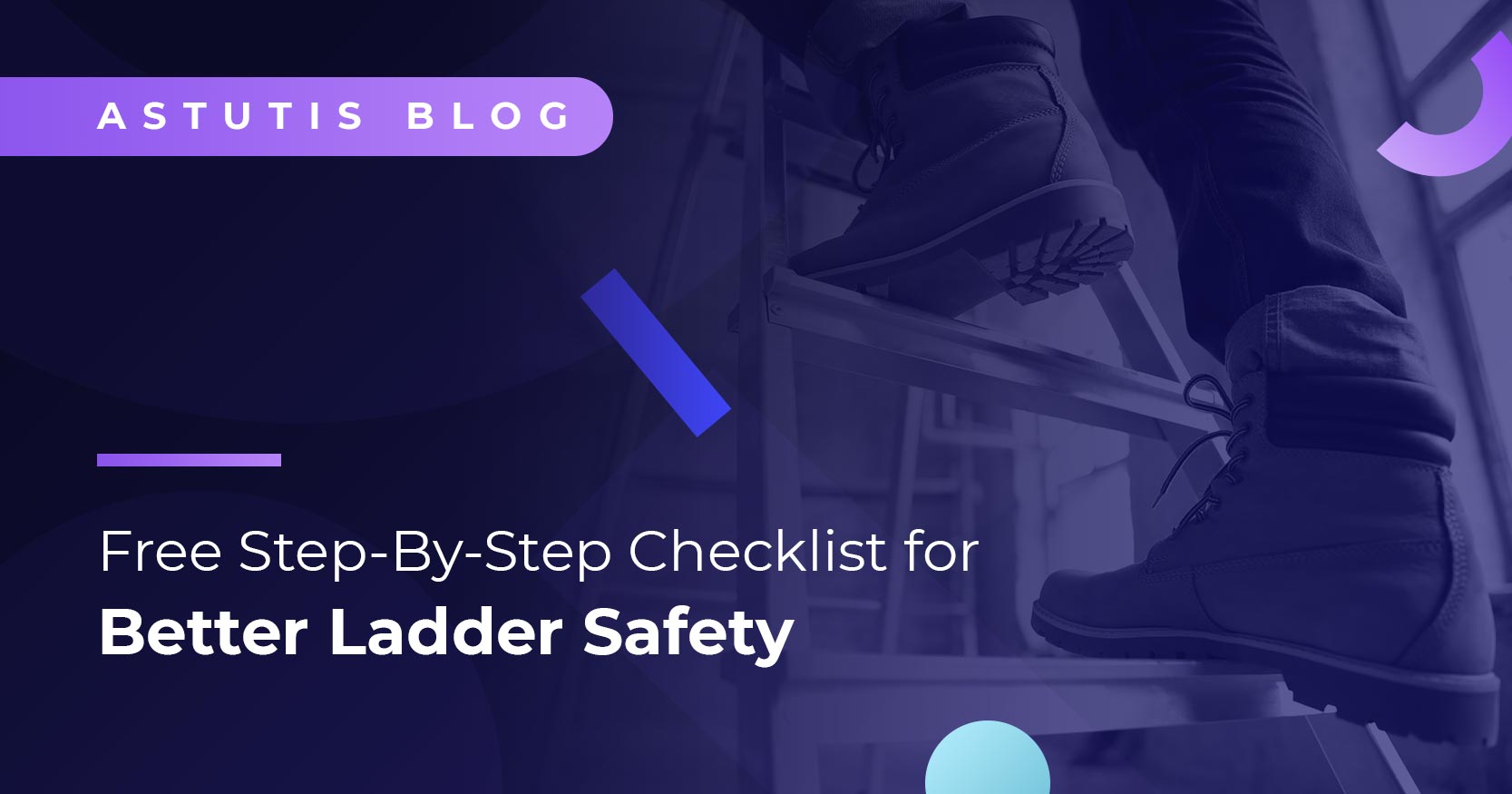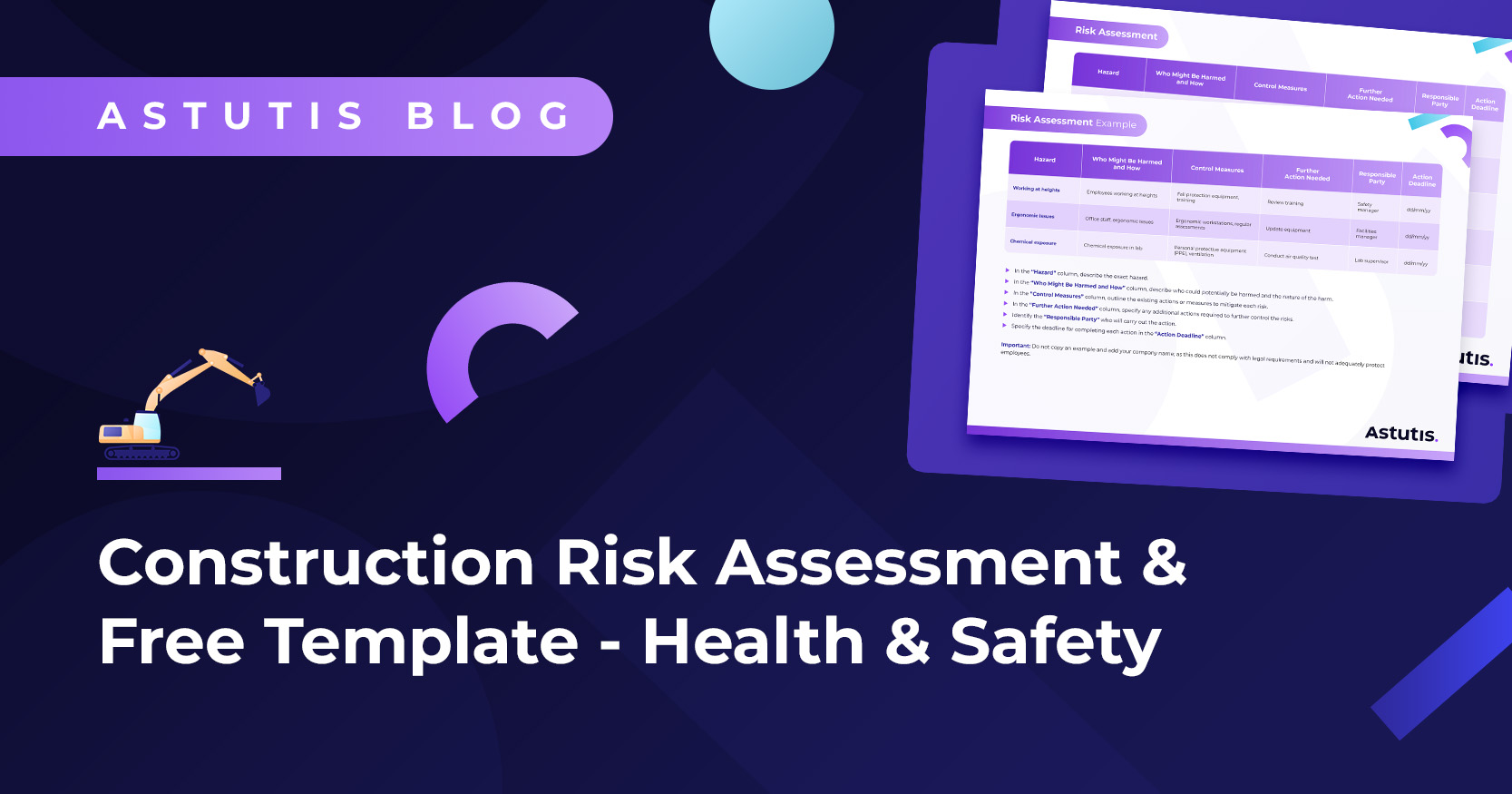UK Fatal Injury Statistics Summary & Key Takeaways | Safety Expert Explains
Each year, thousands of people in Great Britain are injured or made ill because of work-related activities—and for some, the consequences are fatal. The Health and Safety Executive (HSE), Britain’s regulator for workplace health and safety, has released its latest annual figures detailing fatal injuries to workers and the public in 2024–2025.
These statistics are a crucial reminder that, while the UK is regarded as one of the safest countries in the world to work, risks remain deeply embedded in certain industries. Construction, agriculture, manufacturing, and logistics continue to record the highest fatality rates despite decades of legislation, targeted enforcement, and evolving safety technologies.
As a leading expert in health and safety training and profession, we are able to break down the most recent data, highlight the sectors facing the greatest risks, and explore practical steps businesses can take to protect their people and the public.
There are several key takeaways from the statistics, and we've provided insights for how the most dangerous industries might better protect both their employees and members of the public to prevent further tragedies.
Number of Workplace Fatal Injuries Reported in the UK, By Industry
The 2024-25 fatal injury statistics, published by the Health and Safety Executive (HSE), has a breakdown of fatal injuries across all industries in the United Kingdom. Typically, the HSE is the relevant enforcing authority in over 90% of fatal injuries to workers, while for members of the public the percentage is lower at around 45%.
Because the numbers of fatalities for some industries are relatively small they often exhibit considerable year-on-year variation so they must be interpreted with care, particularly in the case of trends over time.
Fatal Injuries Summary
According to the HSE’s official publications:
- 124 workers were killed in work-related incidents in 2024–2025.
- This is an decrease from 138 fatalities in 2023–2024.
- 92 members of the public died in connection with work activities.
- This figure is higher than the 87 recorded in the previous year.
- The three most dangerous sectors remain:
- Construction (35 fatalities).
- Agriculture, Forestry, and Fishing (23 fatalities).
- Manufacturing (11 fatalities).
Though the numbers fluctuate year-on-year, the underlying risks remain consistent. Industries with heavy machinery, high-risk environments, and lone-working are still the most vulnerable. We surveyed 900 HSE professionals about key challenges in their role, training budgets, employee attitudes to safety and much more. Download the full annual learner report below.
5 Takeaways from the Latest HSE Workplace Fatal Injury Statistics
There are a number of key takeaways we can see from the report so far this year. Analysing these trends is important, as it gives us a snapshot of where there might be need for improvements to prevent any further casualties.
Construction Is Still the Deadliest Industry
Construction recorded 35 worker fatalities, down from 5-year average of 2020/21-2024/25 the year before. Falls from height continue to be the leading cause of death, accounting for nearly half of all construction fatalities. Struck-by incidents and vehicle collisions on sites are also significant contributors.
Since November, we have seen a renewed focus around falls from height with the IOSH President, Kelly Nicoll, prioritising as a theme for her presidential term. We spoke with Jason Anker MBE, who had been left paralysed through a fall from height, about the devastating impacts of workplace accidents and how workplace cultures influence health and safety at work.
To address this global issue, construction companies should continue investing in working-at-height training, including specialist courses like IPAF and PASMA, to reinforce best practices. It is also critical to increase site inspections and enforcement actions, especially on smaller sites where oversight is often weakest. Expanding the use of drones and wearable technology to identify hazards early can further reduce risks and build a proactive safety culture.
How Can Construction Businesses Respond?
- Construction companies should continue investing in IOSH and NEBOSH courses. These programs reinforce best practices and help build a strong safety-first culture, ensuring workers stay informed and protected on the job.
Agriculture Remains High-Risk Despite Safety Efforts
Despite employing less than 1% of the UK workforce, this sector accounted for 23 fatalities.
Heavy machinery accidents, vehicle overturns, and livestock incidents are persistent threats. To help improve safety, agricultural businesses should enforce rigorous machinery maintenance protocols and ensure all workers are properly trained on equipment operation and shutdown procedures. Strengthening lone-worker monitoring systems can provide faster emergency responses in remote areas, and actively promoting campaigns like the HSE’s “Safe Stop” initiative can reinforce safer behaviours around vehicles and machinery.
Why Is Agriculture So Dangerous?
Heavy machinery accidents, such as those involving tractors and other equipment, have been responsible for 30% of farm-related deaths in recent years. This highlights the urgent need for stronger safety measures, better training, and stricter protocols to protect workers operating heavy equipment.
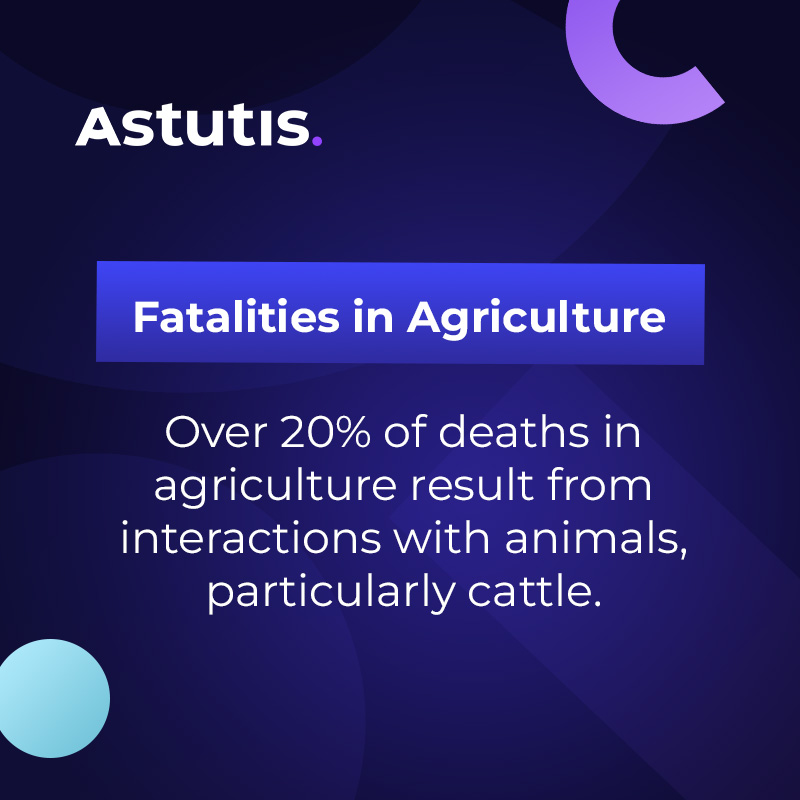
Livestock-related injuries also pose a significant threat, with over 20% of agricultural fatalities resulting from interactions with animals, particularly cattle. These incidents emphasise the need for proper handling techniques, protective barriers, and training to reduce the risks associated with working closely with livestock.
Beyond physical injuries, exposure to hazardous substances remains a major concern in the agricultural sector. Pesticides, chemicals, and organic dusts contribute to serious long-term health issues, with the HSE estimating that 12,000 agricultural workers suffer from work-related lung diseases each year. Increased awareness, protective equipment, and stricter handling procedures can help mitigate these risks.
Additionally, isolated work environments make farming even more dangerous. Many agricultural workers operate in remote locations where immediate medical attention is not always available. This lack of quick emergency response significantly increases the fatality rate, reinforcing the importance of communication systems, lone-worker safety measures, and emergency preparedness plans.
How Can Agricultural Businesses Improve Safety?
- Invest in specialist agricultural safety training tailored to the unique risks of farming.
- Implement rigorous RIDDOR reporting procedures and maintain regular safety audits to track improvements.
- Promote safer machinery operation through targeted education, mandatory safety checklists, and encouraging the use of technology (e.g., automatic shutdowns for equipment).
Manufacturing: Incremental Improvement but Ongoing Risks
Manufacturing saw 11 fatalities, a modest decrease from the previous year. While this suggests progress, machinery entanglements and falls remain a constant hazard.
Manufacturers can build on this progress by investing in machine guarding and interlocking systems to prevent accidental contact with dangerous moving parts. Training all staff on lockout/tagout procedures and conducting regular safety audits can help uncover hidden risks and ensure safety standards are consistently met.
Self-Employed Workers: Disproportionate Risk
HSE data consistently shows that self-employed workers face higher fatality rates. Many lack access to formal training, supervision, or appropriate safety equipment.
Supporting this group requires a multi-pronged approach. Promoting affordable training courses specifically tailored to freelancers and sole traders will help build essential knowledge. Encouraging peer-to-peer mentoring, local safety networks, and online communities can make it easier for self-employed workers to learn from others’ experiences. Simplifying compliance guidance and signposting free resources can also empower individuals to meet their legal duties without undue financial strain.
Key Challenges for the Self-Employed
Many self-employed individuals struggle to access formal health and safety training. Unlike employees, they do not have an employer to organise structured training programs, leaving them at a disadvantage. The HSE states that self-employed people are responsible for their own health and safety, but many lack the necessary funds or are simply unaware of the training resources available to them. This gap in education can leave them unprepared for workplace hazards.
Another major challenge is the lack of oversight when it comes to safety protocols. Without a manager or employer to enforce compliance, self-employed workers may unintentionally overlook important safety measures. This absence of supervision can lead to gaps in risk assessments, increasing the likelihood of workplace accidents.
Additionally, self-employed workers often have limited access to protective equipment and proper risk assessment tools, especially those in high-risk industries. Unlike larger businesses, which can invest in safety resources, independent workers may struggle to afford or prioritise these essential protections, leaving them more vulnerable to workplace hazards.
How to Improve Safety for the Self-Employed
- Provide affordable health and safety courses tailored to independent workers.
- Encourage compliance with RIDDOR and risk assessment best practices.
- Offer mentorship programs to improve knowledge sharing and risk awareness.
Transportation and Storage: Rising Pressures, Rising Fatalities
The sector recorded 15 worker deaths, down from 18 the year before. Vehicle-related incidents, loading accidents, and driver fatigue remain primary causes.
To tackle these challenges, businesses in transport and logistics should strengthen fatigue management policies and enforce mandatory rest periods to help keep drivers alert. Improving traffic management plans in yards, warehouses, and loading areas will reduce collision risks. Additionally, using telematics and in-vehicle monitoring can give supervisors the data needed to identify unsafe driving patterns and intervene before accidents happen.
The Role of Public Safety in Work-Related Accidents
The HSE recorded 92 public fatalities, many linked to traffic incidents, falling objects, and unsafe access to industrial sites.
To protect members of the public, companies must implement robust segregation between public and work activities wherever possible. Conducting regular risk assessments of customer-facing and visitor areas is essential to identify and address hazards before they result in harm. Training staff to handle high-risk interactions safely and ensuring equipment is well maintained can further reduce the likelihood of tragic incidents involving the public.
How Can Businesses Prevent Public Safety Incidents?
- Conduct thorough risk assessments for public-facing operations.
- Implement stricter traffic rules in logistics and warehousing. This will help protect both employees and the public from dangers.
- Improve employee training for high-risk public interactions. This is especially important for those in dangerous environments.
The Impact of Regulation & Training on Fatality Rates
The steady improvements in construction safety demonstrate how regulation and training can significantly reduce workplace fatalities. However, agriculture, transport, and logistics remain critical areas for intervention. Businesses must continue to invest in training, enforce safety policies, and maintain compliance to drive further improvements.
The Role of Training in Preventing Workplace Injuries
Effective training is paramount in equipping workers with the knowledge and skills necessary to navigate workplace hazards safely. A survey in IOSH Magazine found that 64% of frontline workers thought some workplace injuries could have been avoided. They believed better training and more precise work instructions could help.
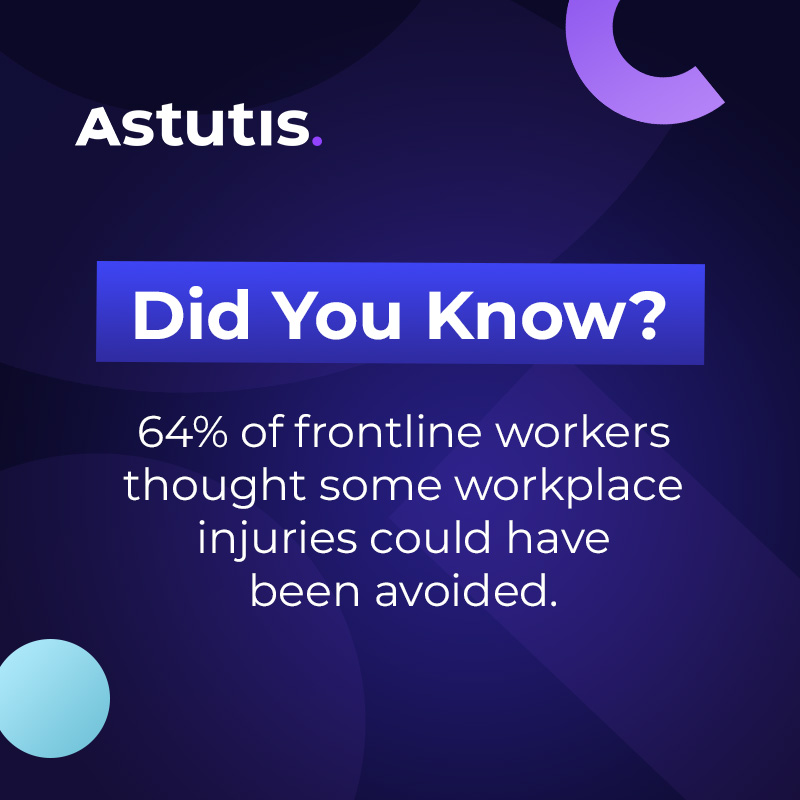
A study in BMC Public Health shows that online safety and health training is effective. It highlights the training's flexibility, accessibility, and cost-effectiveness.
Additionally, regulatory changes and enhanced enforcement in sectors like construction have shown that businesses investing in training and compliance benefit from reduced fatality rates. Regulatory bodies, such as the Health and Safety Executive (HSE), give guidance. The steady drop in construction deaths shows the real benefits of strict rules and compliance.
The Impact of Fatal Injuries in the Workplace
These figures arrive at a time of significant change across the world of work. Rising demand, technological disruption, skill shortages, and economic uncertainty are intensifying pressures across sectors. For many organisations, this can lead to corners being cut or safety slipping down the priority list - sometimes with tragic outcomes.
Beyond the immediate human cost, fatal workplace injuries carry profound social and economic consequences. Families and communities are left devastated. Businesses face legal action, reputational damage, and severe disruption. According to HSE estimates, work-related injury and ill health cost the British economy over £20 billion every year when you factor in lost productivity, compensation claims, and the strain on public services.
How Can Businesses Prevent Fatal Workplace Injuries?
In order for businesses to prevent accidents and fatal injuries, they must comply with regulations, produce thorough risk assessments, provide employees with the necessary training and build a safety-first culture.
To reduce fatal workplace injuries, businesses must comply with relevant regulations, produce thorough risk assessments, provide comprehensive training and supervision, and build a safety-first culture that starts at the top. Reviewing your current policies, identifying gaps in resources or training, and taking decisive steps to close those gaps can make a tangible difference in protecting workers and the public.
If you need support, we offer a free workplace risk assessment template and guidance on training programmes to help your teams operate more safely. If you want to see more expert insights on health and safety news and topics, you can visit our Astutis Hub below.
Alternatively, you can visit our course library to browse our wide array of courses designed to raise and ensure your workplace health and safety standards.
Related Blogs

Real Life Stories





